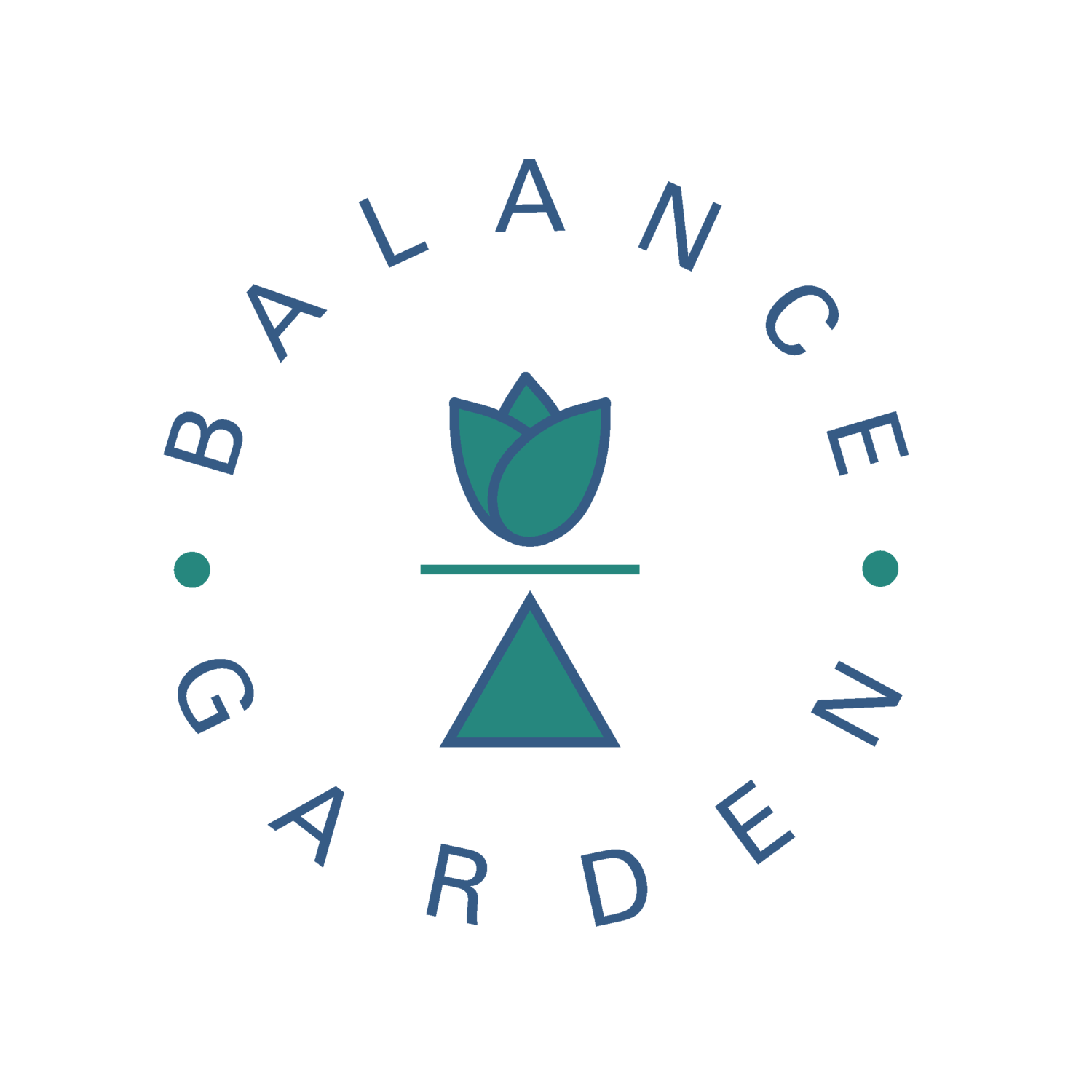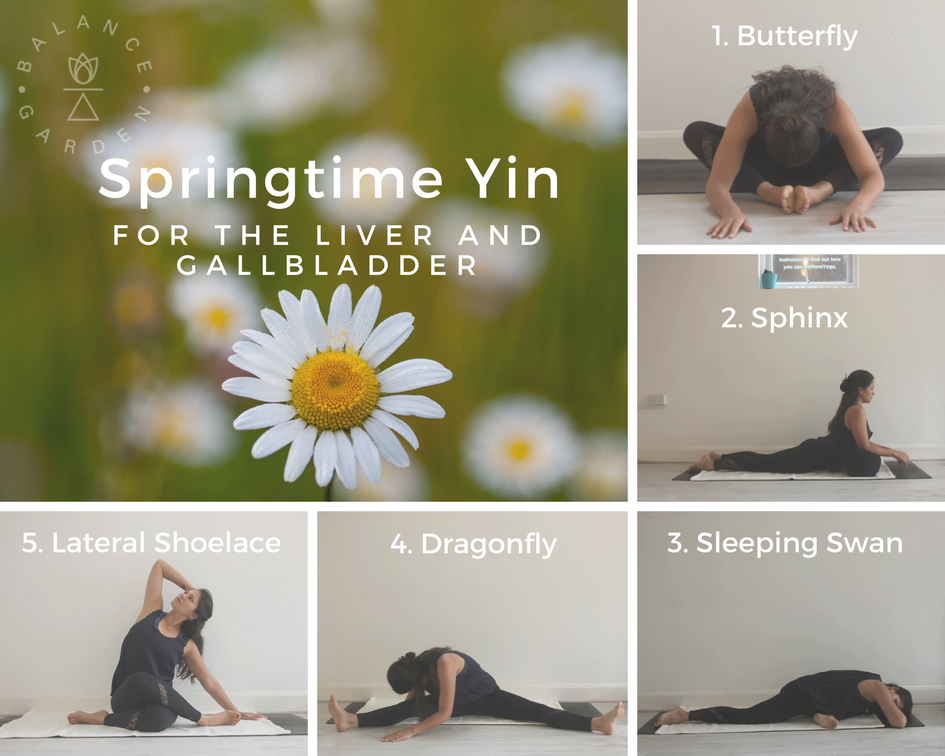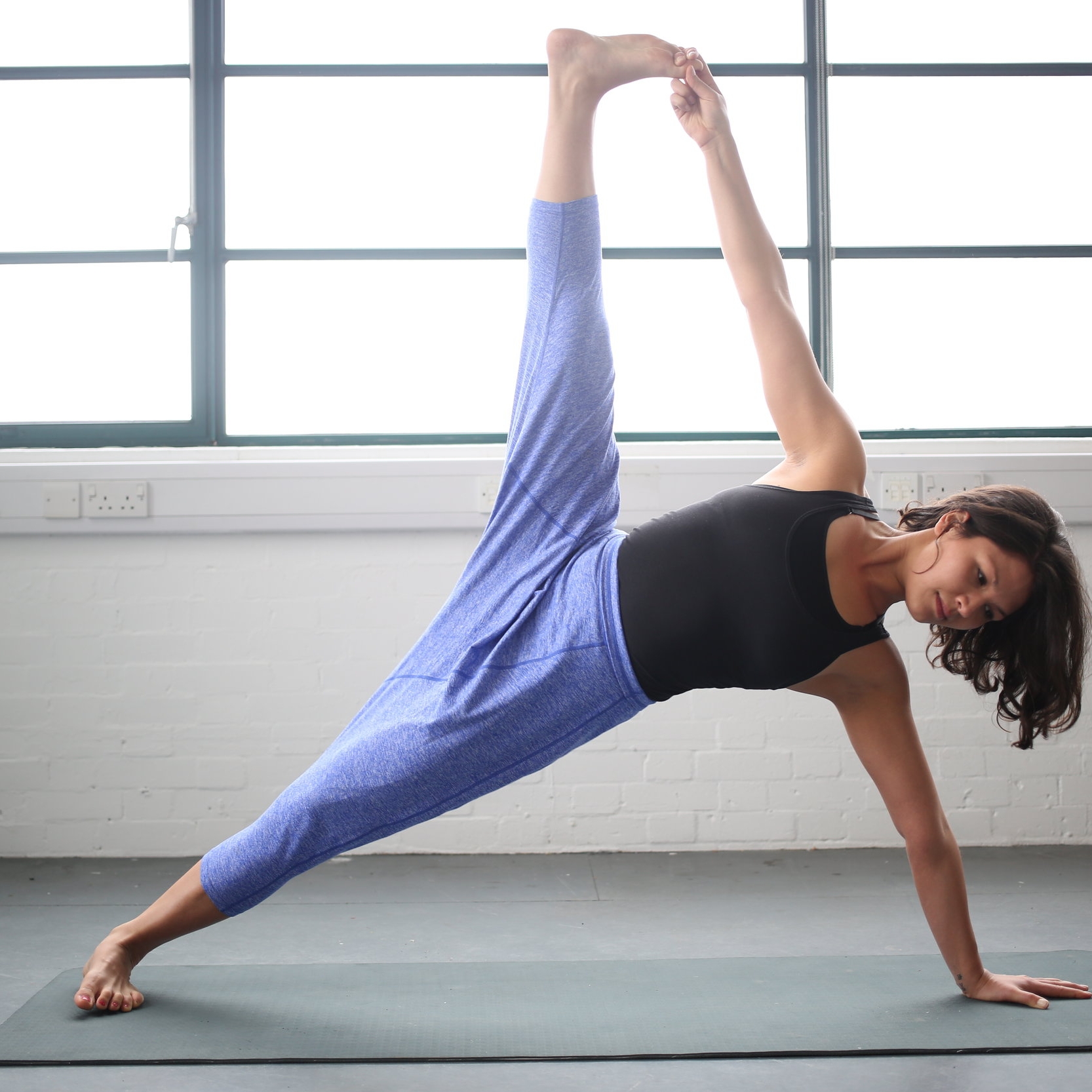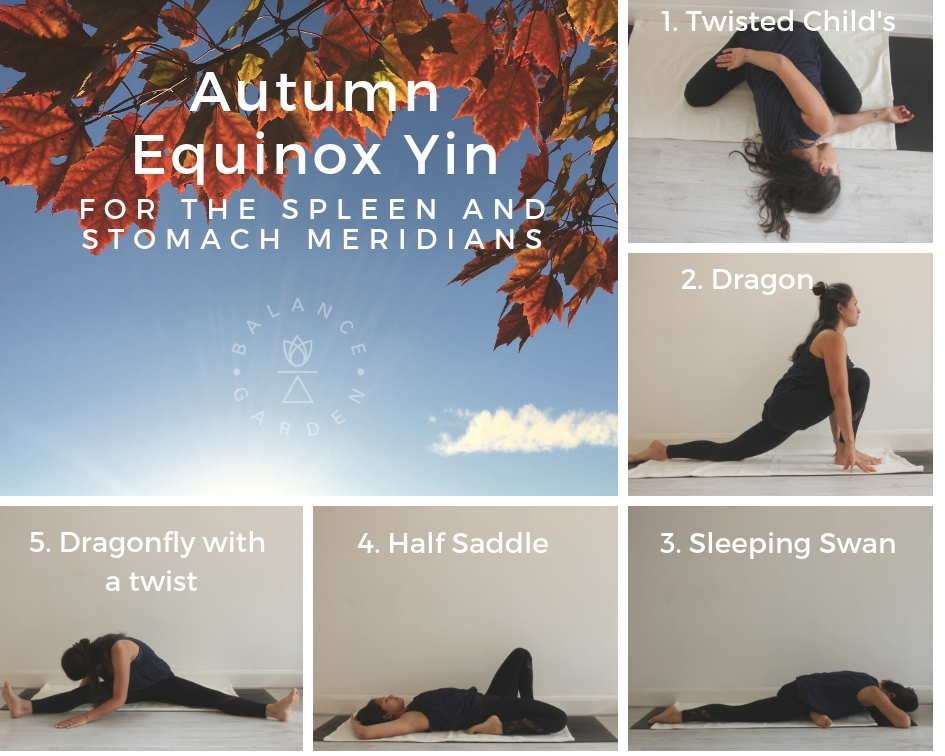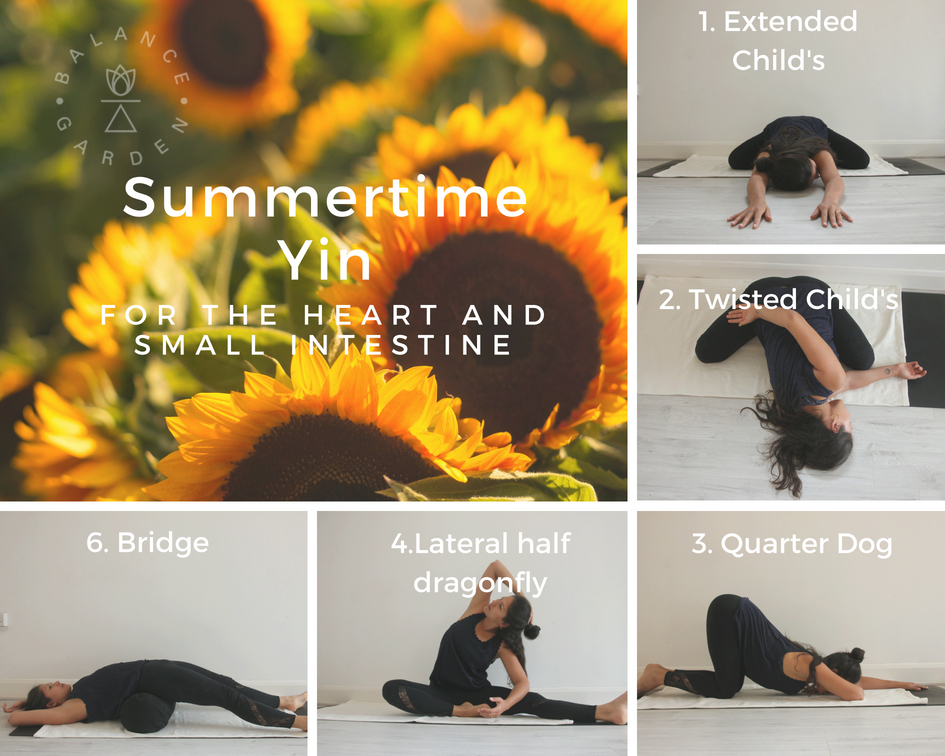Springtime Yin
/Words and Images by Jasmine Pradhan
Spring seems to have finally sprung, and now is the perfect time to revisit this springtime yin yoga sequence that was originally published last year. It’s been updated to include more pointers and details on each of the poses. Enjoy!
The human Body/Mind, just like everything else in nature, has it’s own seasons and cycles; Sometimes we are full of energy and creativity; at other times we need to withdraw and rest. Yin yoga, informed by Traditional Chinese Medicine (TCM), helps us to pay attention to these natural cycles and to support the bodily processes in their ebb and flow with practices and methods created, inspired and informed by nature.
Spring Yin
The organs associated with this season are the liver and the gallbladder and the element is wood (whose properties are that of expansion and growth). For a more detailed explanation of the organs, elements TCM and meridian theory, have a look at the original version of this article and another informative read here.
When liver chi or ‘energy’ is balanced, so are the emotions, we are able to connect with our feelings and deal with them evenhandedly and appropriately. Balanced liver chi helps us to meet life’s challenges (and the feelings that they bring up) with steadiness and clarity allowing us to move through life gracefully.
Conversely, when the liver chi is imbalanced, it manifests in the bodymind as impulsivity, anger, irritation. Rash decisions are made and tantrums are thrown.
While practicing the sequence below, designed to balance the flow of chi through the liver and gallbladder meridians, be aware of any emotions that surface. You may feel anger and frustration arising. Rather than allow yourself to get swept up in those emotions, try to observe them with kindness as you breathe consciously and find the release in the posture. The sensations and the feelings are coming up in the posture to be moved out of the tissues, so that they can be gently released on an exhale. Feeling them is half the journey to healing them.
Tips for your practice
As with any body work, please check with your health practitioner before doing the below routine if you have any injuries or conditions. Not everything is suitable for everyone.
Hold poses for 3-5 minutes. If you are new to yin start slowly and build up over time.
Find an appropriate edge. You should feel the postures tugging at the connective tissue- but you should never experience pain.
When you have settled into the posture, find an even and nourishing breath that you can rest your mind on, and then try not to fidget unnecessarily. Keep your attention on the sensations in your body rather than letting the mind wander into distractive thoughts.
Rest in child's pose or savasana in between each posture for at least 1 minute, include savasana at the end of the sequence
Do both sides in asymmetrical poses.
Soften what doesn't need to be engaged.
Butterly Pose
Meridians targeted
Gall Bladder on the outside of the leg
Urinary Bladder in the lower back (lines running alongside the spine)
Kidney and Liver if a stretch is felt in the inner thighs
Physical Focus
Stretches the lower back, inner thighs and groin
Good for the kidneys and prostrate
Can help to regulate periods
Joints: Hips and Lower Spine
Hold for
3-5 mins
Make it work for you
Try a folded blanket or two under the sit bones if the hips or lower back are particularly tight or if you suffer from sciatica (this is to encourage the hips to rotate forwards rather than back)
Sometimes it’s nice to have bricks under the knees or thighs to offer a little bit of support for the legs. Experiment with different heights and positions.
If you have neck injury or if the posture hurts your neck then don’t drop the head. You could stand a bolster on its end and rest the forehead on it to support the head and neck
If this causes pain in the lower back then don’t round the spine, and let the focus just be on the hips and legs.
2. Sphinx Pose
Meridians targeted
Urinary Bladder and Kidney lines as they run through the lower back and sacrum
Stomach and Spleen meridians along top of legs
Physical Focus
Stimulates the spine
Stretches the front of the body
Hold for
3-5 mins
Make it work for you
Use a bolster under the ribs (pictured) for support to the ribs if you are more flexible and don’t want to hyperextend.
Folded blanket under the hips to make it more comfortable
If the raised version feels intense on your lower back, try lying face down on the floor and notice the curve and compression in your lumbar spine here - this may be enough for you!
3. Sleeping Swan
Meridians targeted
Liver and Kidney in the inner groin
Gall Bladder line on outer part of the front leg
Physical Focus
Strong stretch for the hips
Stretch for the quads and hip flexor of the back leg
Hold for
3-5 mins on each side
Make it work for you
Keep the front foot flexed to protect the front knee
Support the chest with a bolster (lengthwise) if the floor feels really far away!
If you are very flexible then you may need to pull the front foot forward a little bit and widen the bent knee to the side.
4. Dragonfly
Meridians targeted
Urinary Bladder on back of legs and on the back, and the Liver and Kidney lines through the groin and the Spleen through the inner knees.
Gall Bladder along the side of the torso.
Physical Focus
Stretch for the hips, groin and back of the thighs
Hold for
3-5 mins on each side
Make it work for you
Use padding or a rolled up towel under the knees if they are sensitive or if you experience discomfort in this pose
Support the chest with a bolster (lengthwise) if the floor feels really far away.
Support the head with a brick
5. Lateral Shoelace
Meridians targeted
Liver, Kidney, and Gall Bladder.
Physical Focus
Hip opening
Side body opening
Hold for
3-5 mins
Make it work for you
Use a thick cushion/bolster/folded blanket under the hips if the hips are tight
It may feel like too much effort to keep the arm lifted and the head tilted for the full duration of the pose, if that’s the case you can lower the arm and have the head and neck in neutral whenever they get tired.
Play with degrees depth to the side bend, the supporting arm can be bent and rested on a bolster or block for a deeper pose.
Don’t forget to include a nice long Savasana at the end.
Jasmine Pradhan is the editor and co-founder of Balance Garden, and is also a London based yoga teacher you can find her on instagram @stretchandthecity
